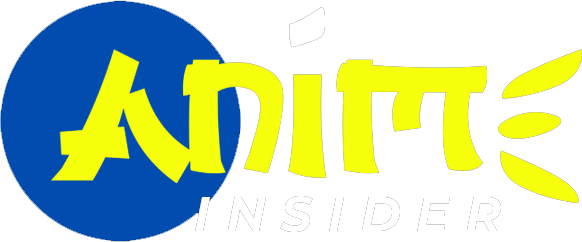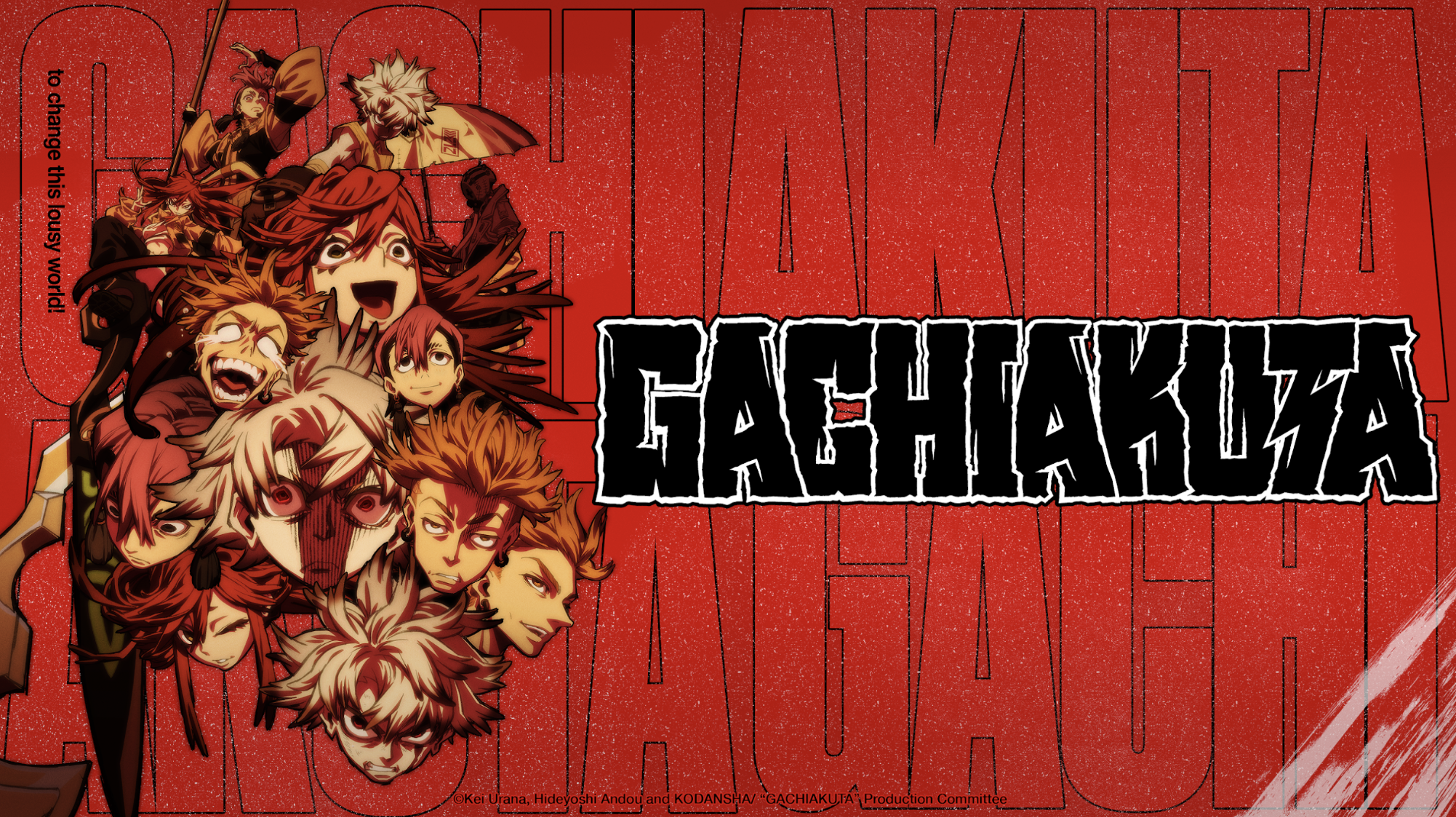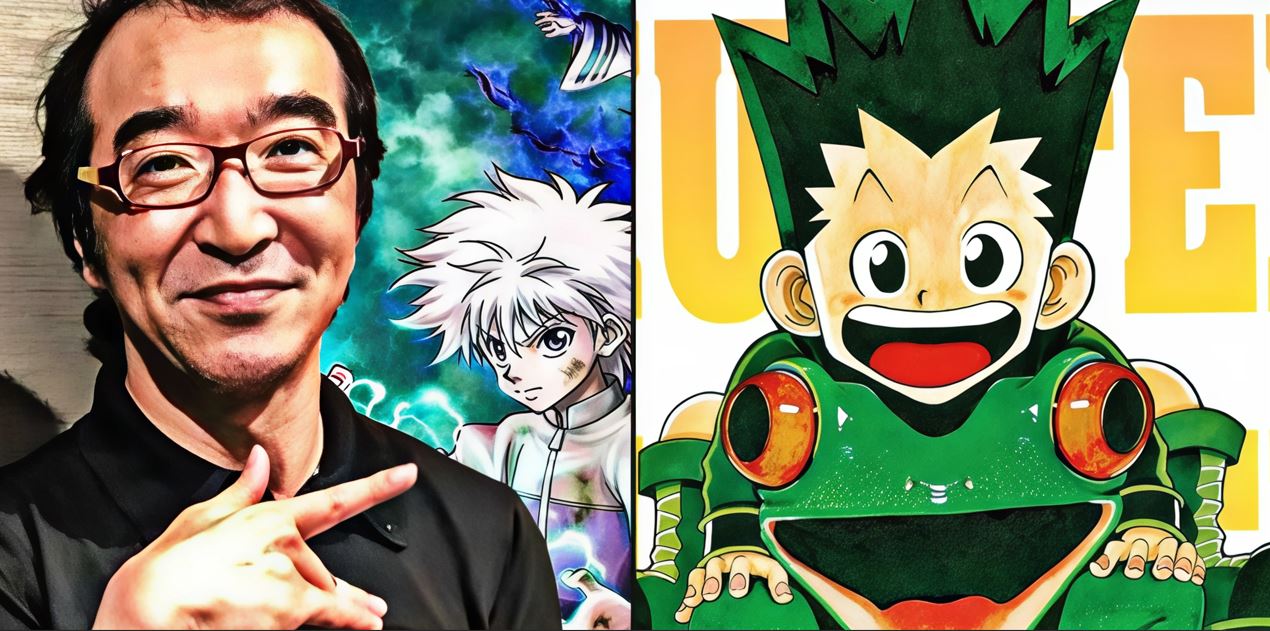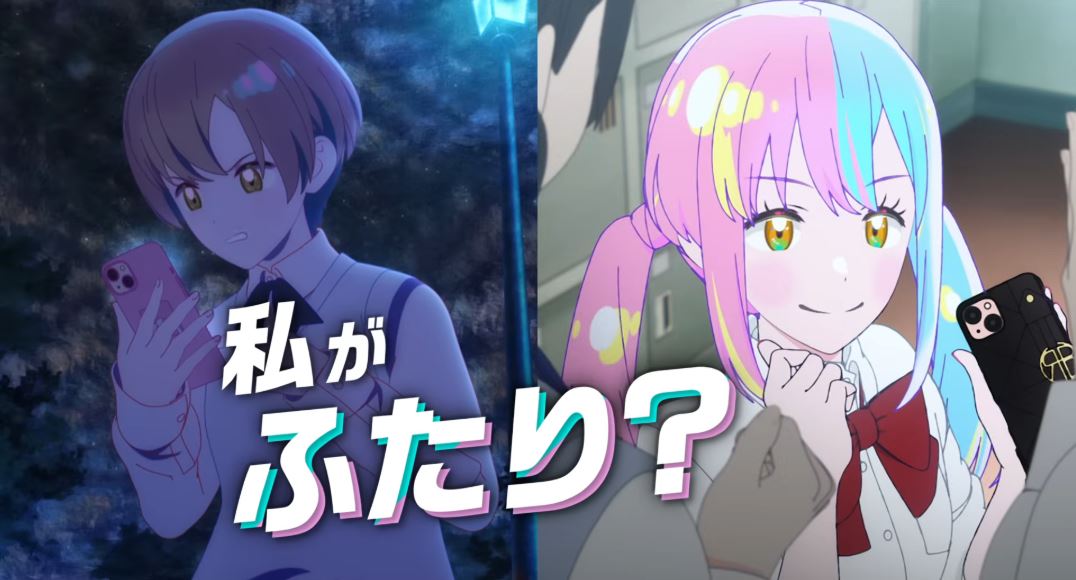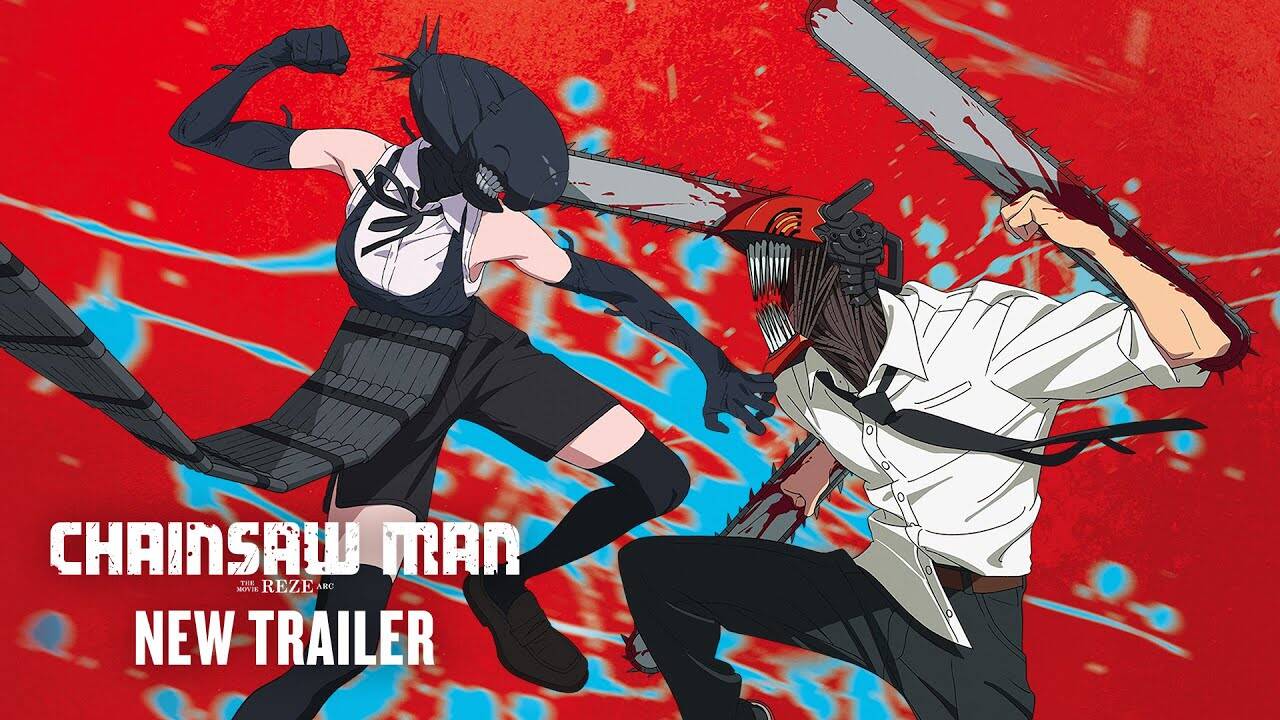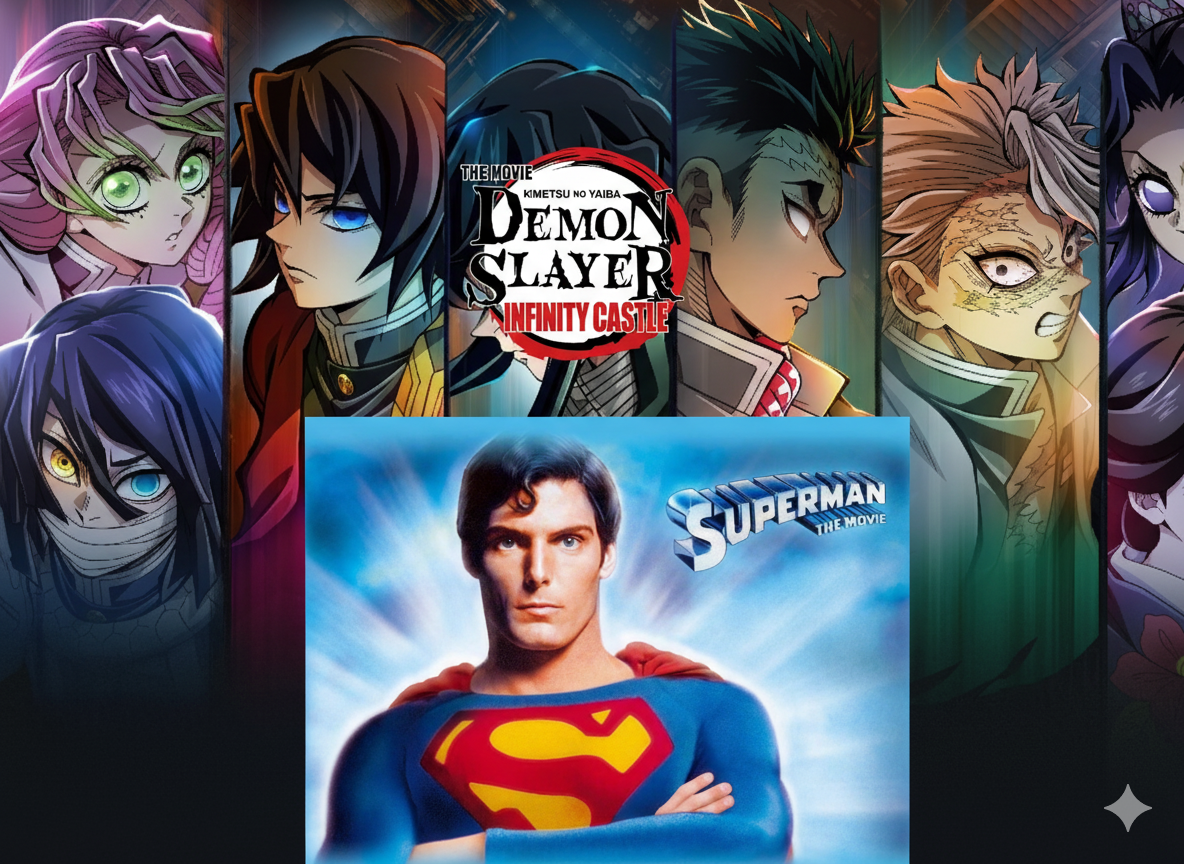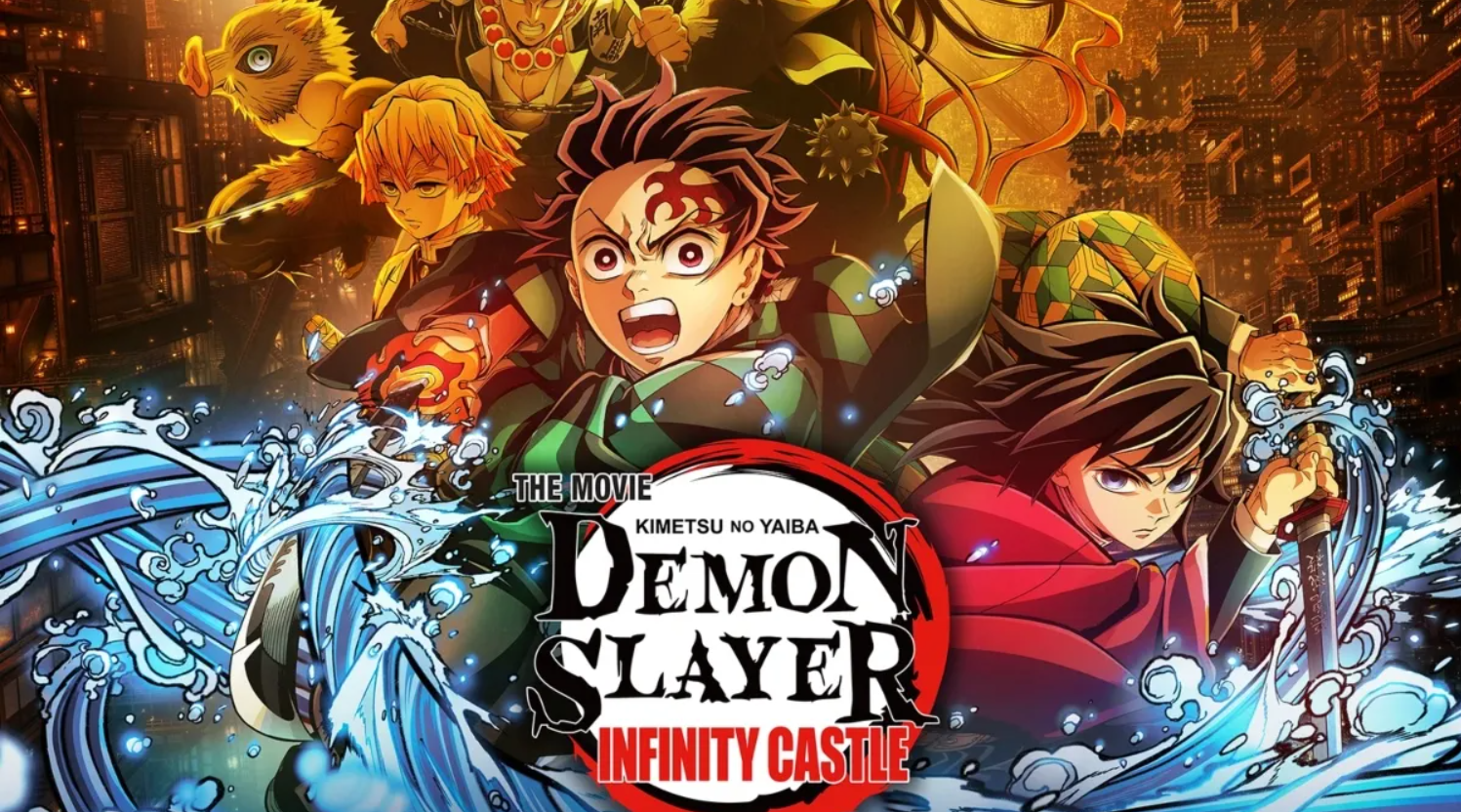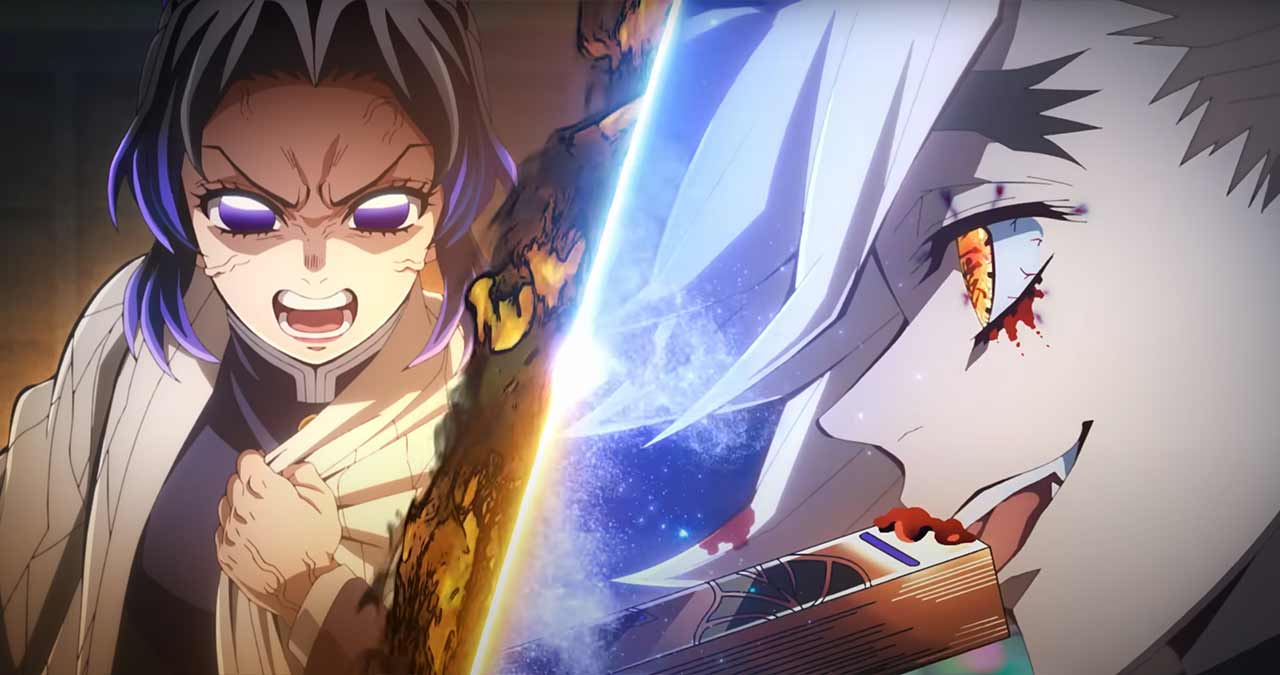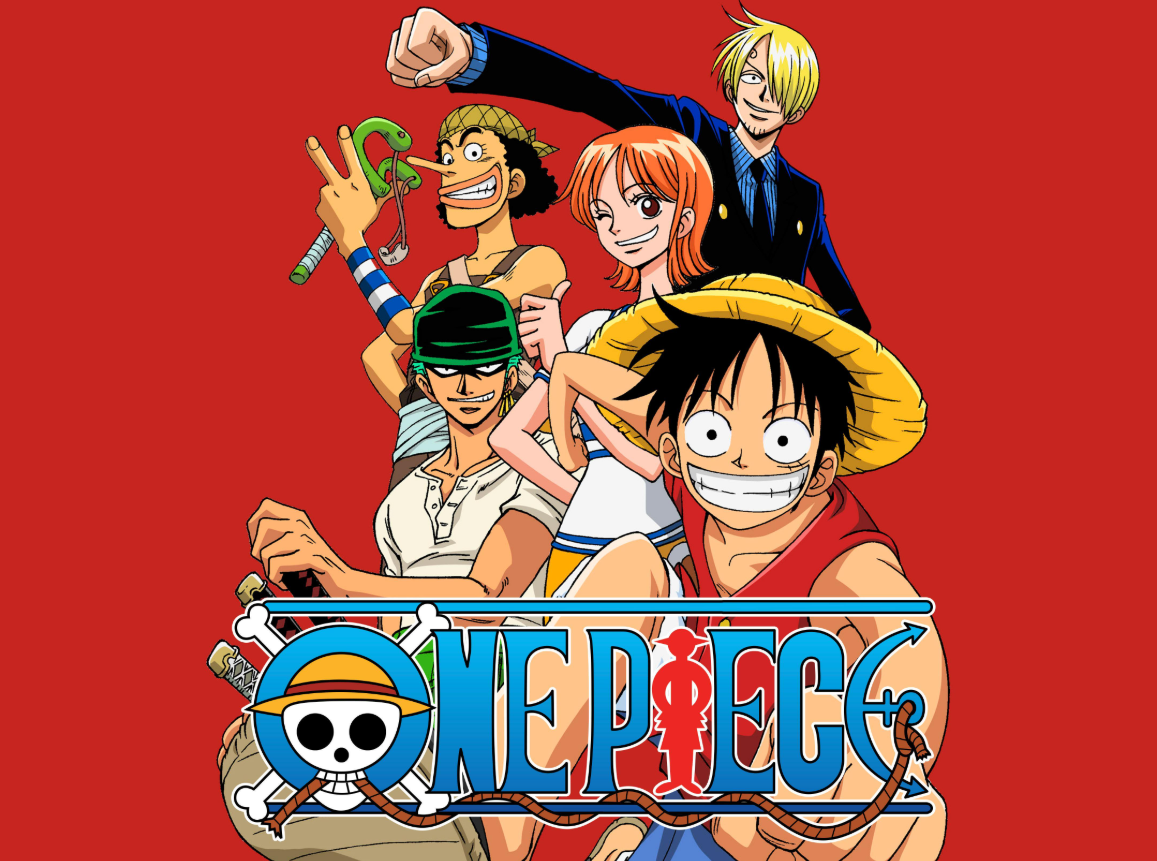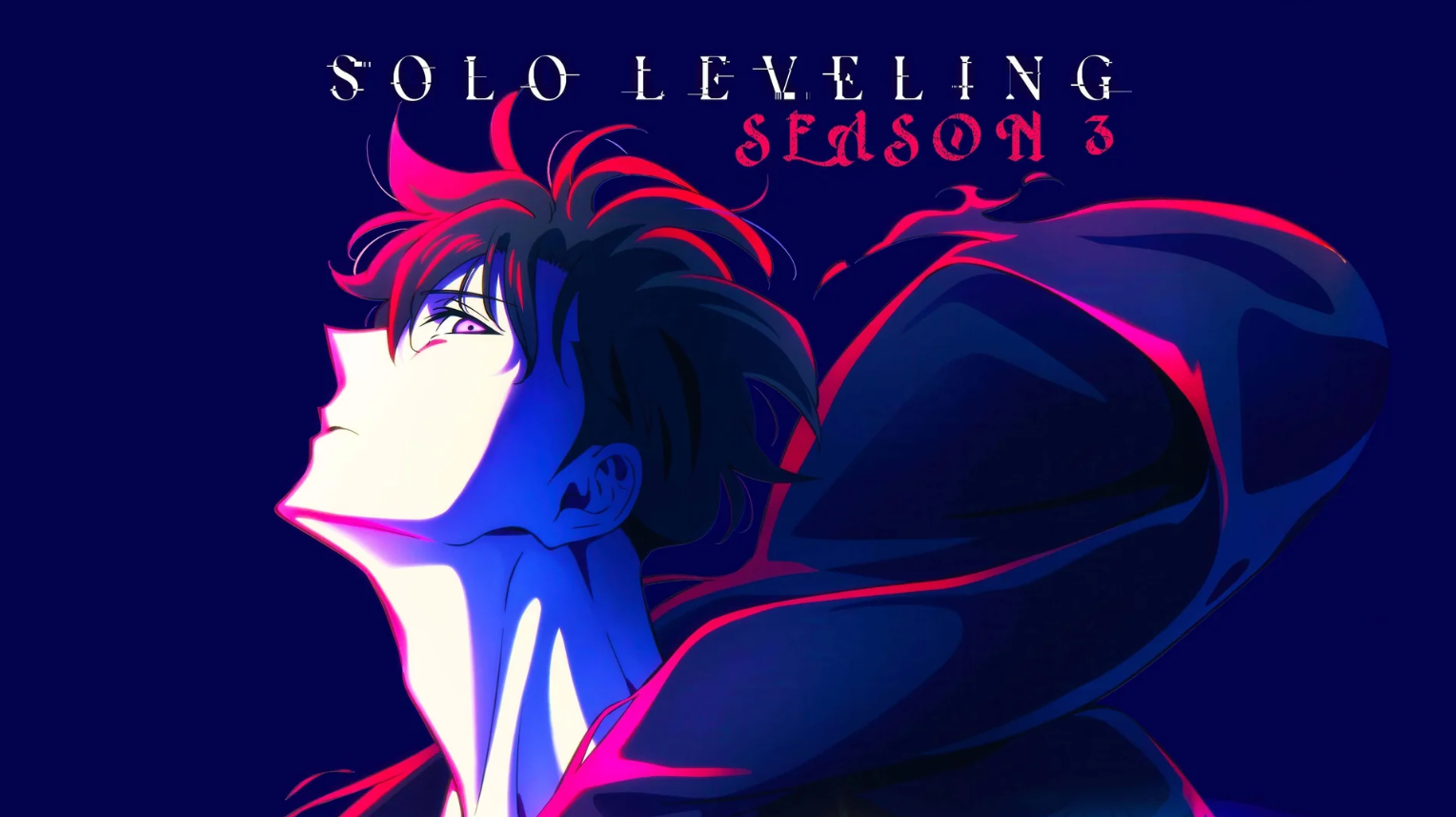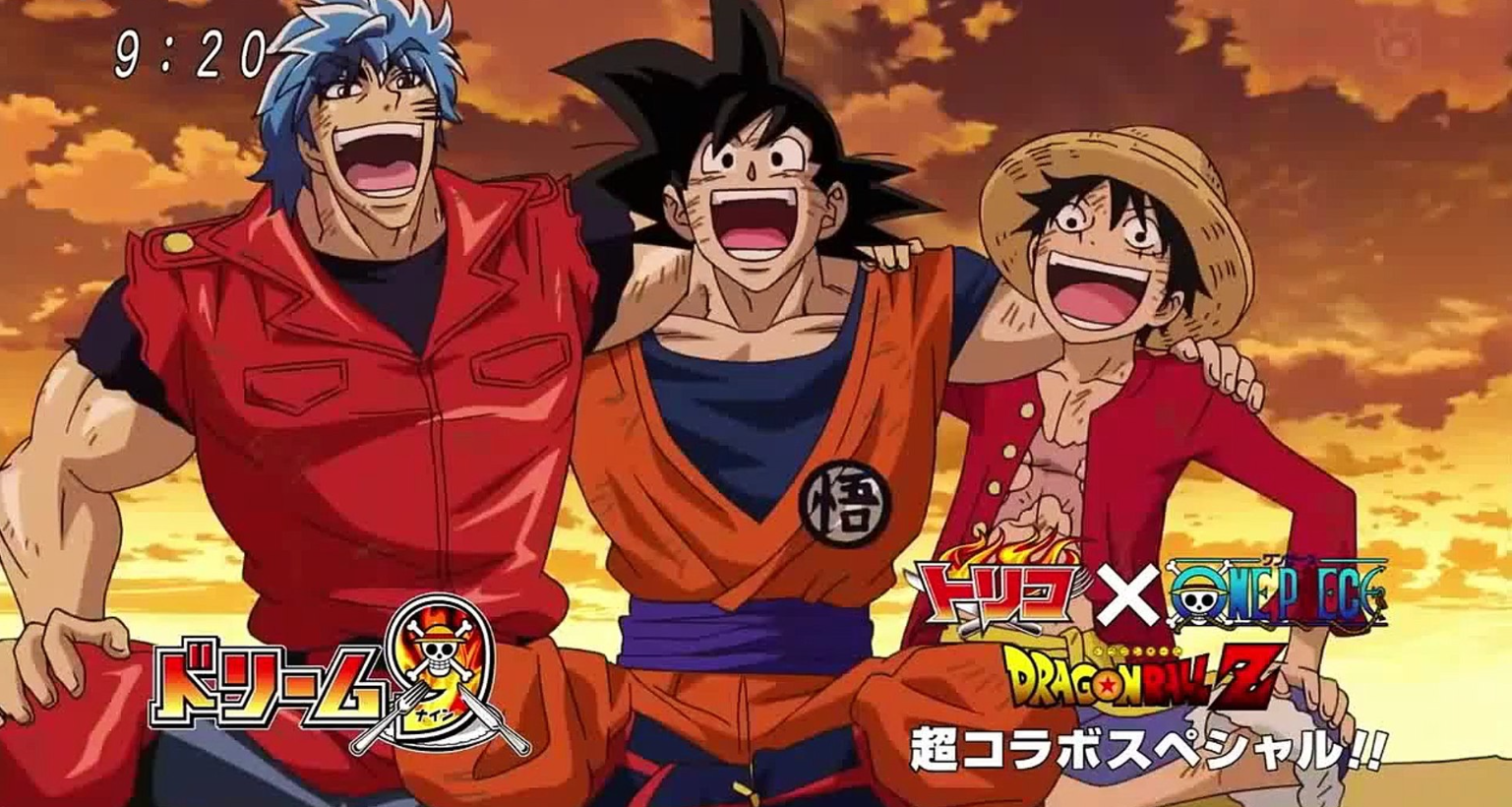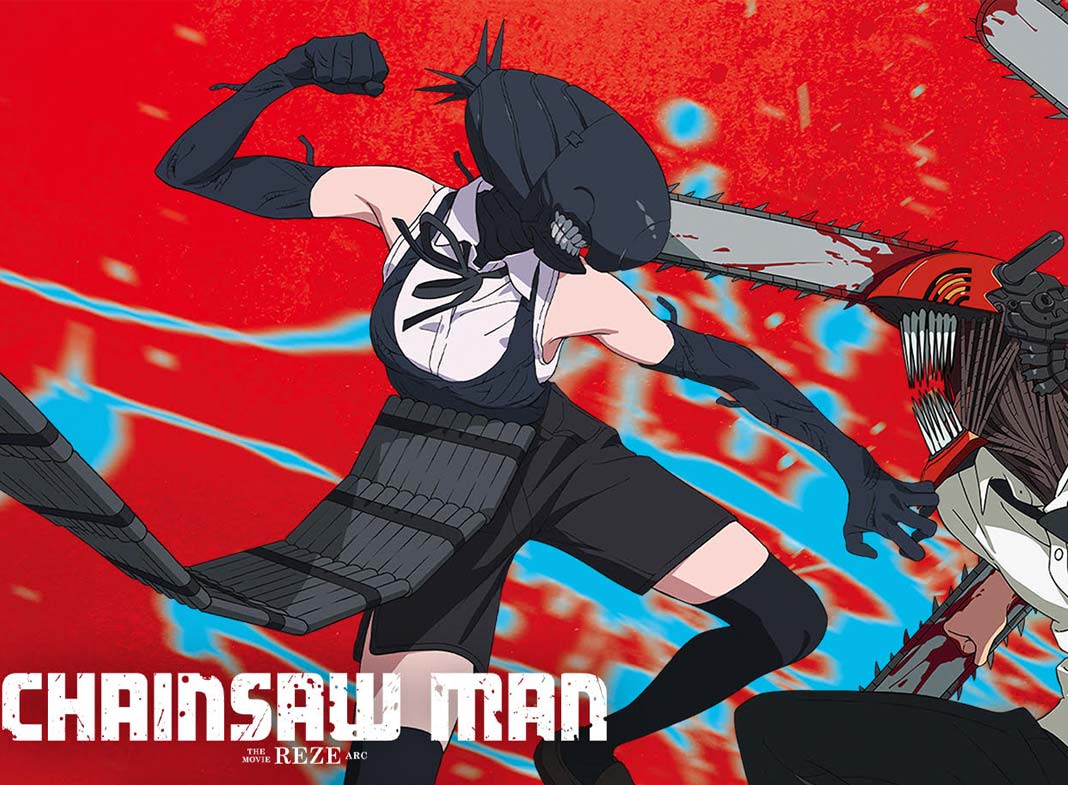Gachiakuta is not slowing down. After an already intense premiere, the anime adaptation of Kei Urana’s gritty action-fantasy manga has now unleashed its creditless opening and ending sequences, and both are absolute visual and auditory spectacles. Whether you are here for the sharp-edged world-building, the dynamic animation, or just the thrill of raw emotion, these sequences deliver with a punch that stays with you long after the episode ends.
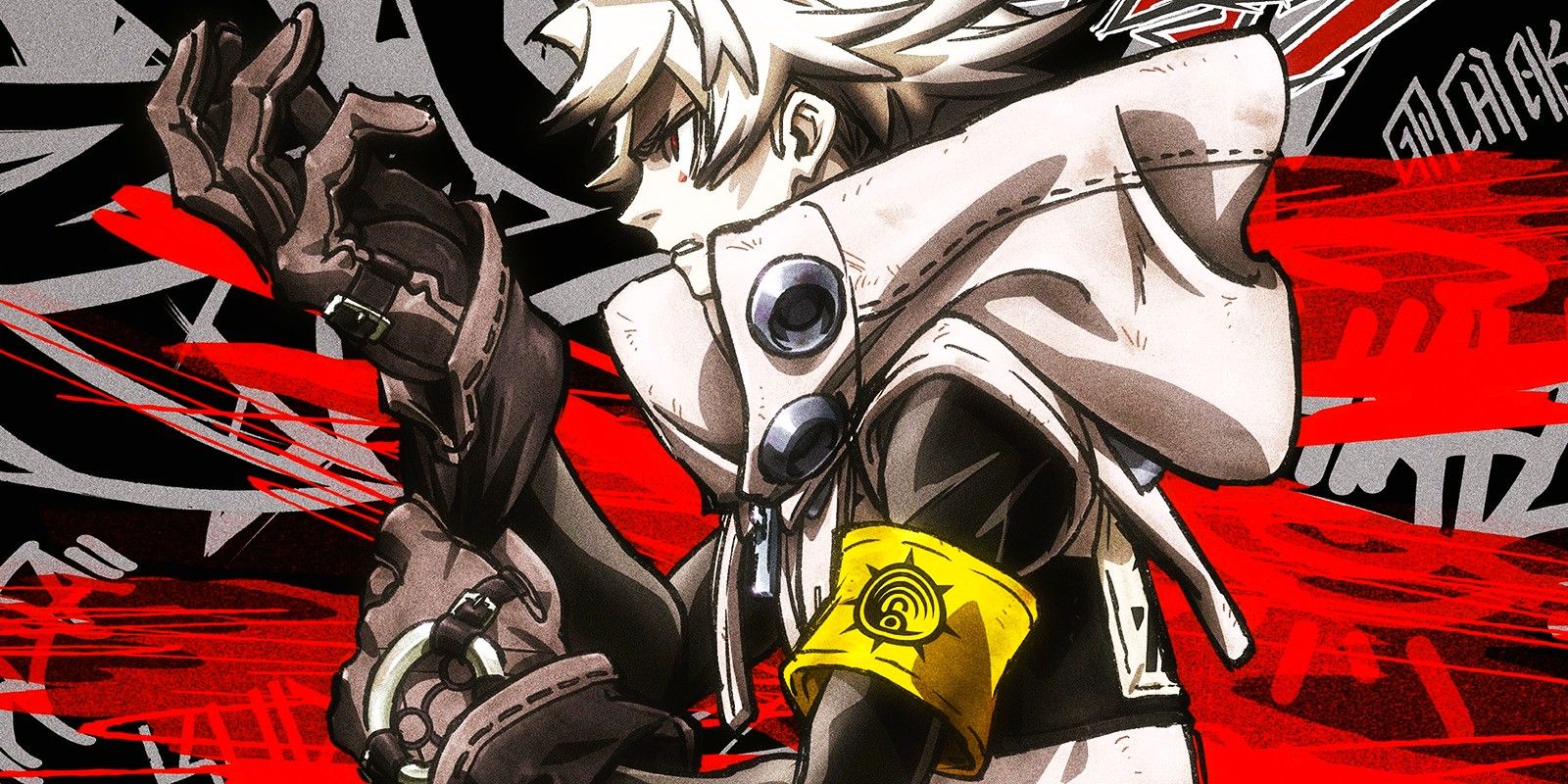
The opening theme, “HUGs” by the explosive rock band Paledusk, is a full-blown adrenaline rush. It kicks off with heavy riffs and rapid beats, mirroring the chaos of Rudo’s world as he battles through the wastelands of discarded humanity. The animation style fuses slick graffiti-inspired visuals with action shots that never slow down. From intense close-ups to massive scale fights, it captures the energy of the story without needing a single line of dialogue. Watching it creditless makes every frame feel even more immersive, drawing fans deeper into the series' emotional turmoil and breakneck pace.
If the opening is a roar, the ending is a deep breath laced with melancholy. “Tomoshibi” by DUSTCELL, known for their emotionally layered tracks, anchors the credits with a haunting tone. The ending sequence takes on a darker, more reflective vibe, blending solemn visuals and symbolic imagery that hint at Rudo’s internal struggles. It slows things down but never disconnects from the core themes of betrayal, survival, and seeking justice in a world designed to discard the weak. Fans have already begun decoding the ending’s visual motifs and tying them to the themes of exile and emotional resilience that define the anime.
Gachiakuta is being brought to life at studio bones film, with direction by Fumihiko Suganuma, known for his work on Dragon Quest: The Adventure of Dai. The series composition is handled by Hiroshi Seko, whose recent work on Dan Da Dan has received critical praise, while character designs are overseen by Satoshi Ishino, who previously delivered intricate animation direction on Godzilla Singular Point. The anime remains visually inventive, with a tone and aesthetic that perfectly suit the source material, originally illustrated by Kei Urana in collaboration with graffiti artist Hideyoshi Ando.
Crunchyroll is not just simulcasting the series globally but is also investing in deeper fan engagement through “The Gachiakuta After Show,” a new weekly podcast hosted by the creators of Crunchyroll’s The Anime Effect. This behind-the-scenes companion show will explore episode insights, character arcs, and fan theories, helping audiences stay plugged into the gritty world of Gachiakuta long after the credits roll.
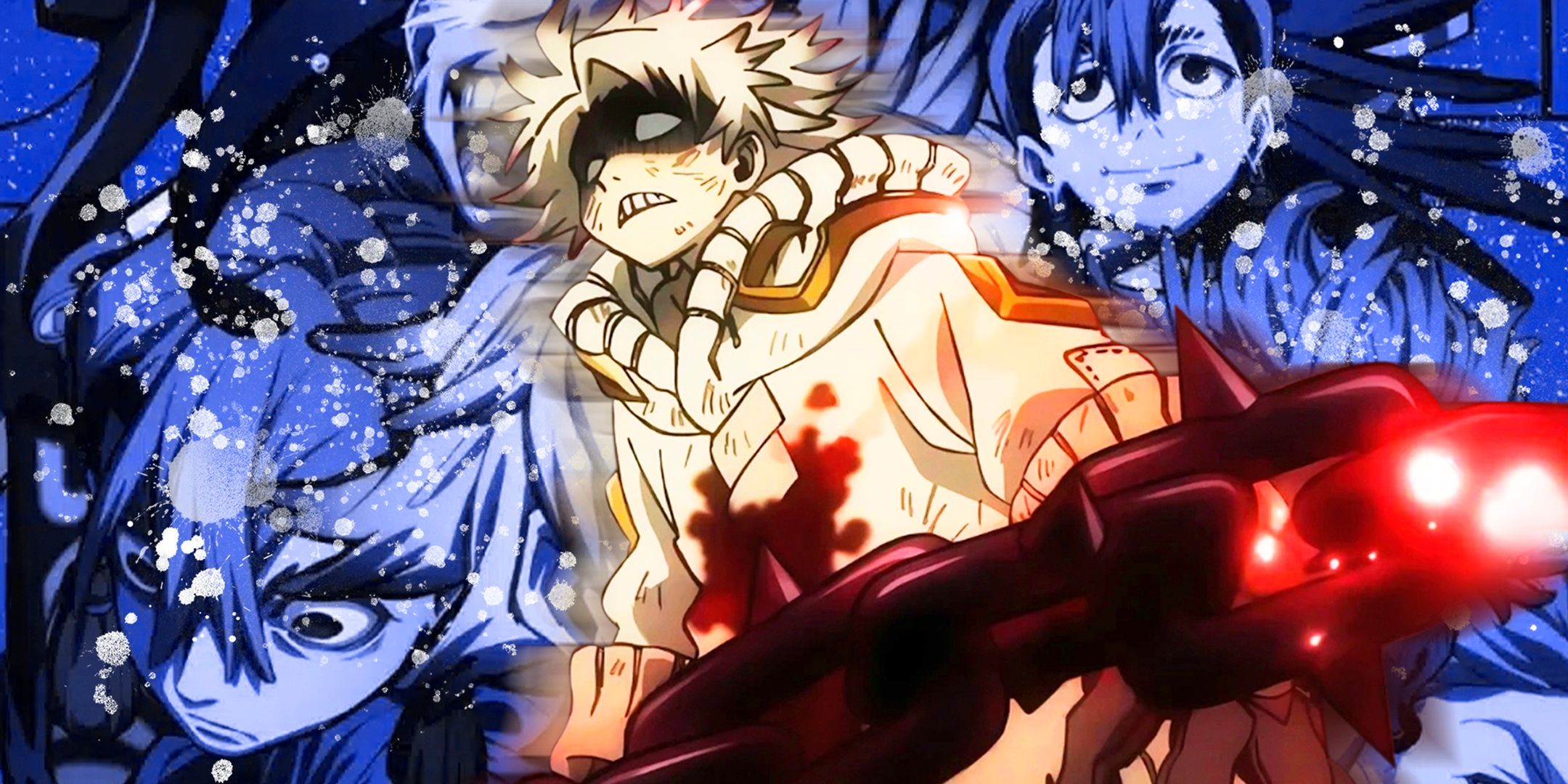
Gachiakuta’s story is raw, rebellious, and visually unforgettable. Set in a world where the rich float above and discard the poor like trash, it follows Rudo, a falsely accused teenager thrown into the abyss below. But instead of dying, he rises. Among scavengers, monsters, and broken systems, he finds the Cleaners — warriors who fight off the terrifying trash beasts born from society’s waste. With new powers and a mission for revenge, Rudo is not just surviving. He is rewriting the rules of who gets thrown away.
The release of the creditless opening and ending confirms what fans already felt: Gachiakuta is one of this season’s most stylistically bold and emotionally powerful entries. It refuses to hold back, whether through animation, music, or storytelling, and that commitment to impact is exactly what has drawn so many into its orbit.
To stay updated on Gachiakuta and the rest of this anime season’s most intense titles, follow Anime Insider on Instagram and Facebook.
